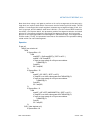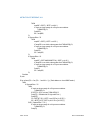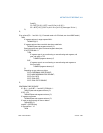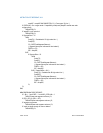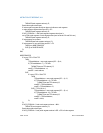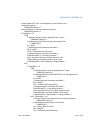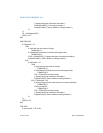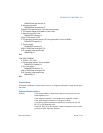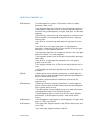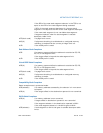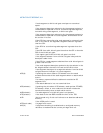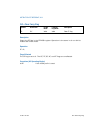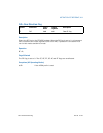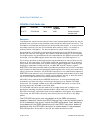
Vol. 2A 3-101
INSTRUCTION SET REFERENCE, A-M
CALL—Call Procedure
THEN #GP(task gate selector); FI;
IF task gate not present
THEN #NP(task gate selector); FI;
Read the TSS segment selector in the task-gate descriptor;
IF TSS segment selector local/global bit is set to local
or index not within GDT limits
THEN #GP(TSS selector); FI;
Access TSS descriptor in GDT;
IF TSS descriptor specifies that the TSS is busy (low-order 5 bits set to 00001)
THEN #GP(TSS selector); FI;
IF TSS not present
THEN #NP(TSS selector); FI;
SWITCH-TASKS (with nesting) to TSS;
IF EIP not within code segment limit
THEN #GP(0); FI;
END;
TASK-STATE-SEGMENT:
IF TSS DPL < CPL or RPL
or TSS descriptor indicates TSS not available
THEN #GP(TSS selector); FI;
IF TSS is not present
THEN #NP(TSS selector); FI;
SWITCH-TASKS (with nesting) to TSS;
IF EIP not within code segment limit
THEN #GP(0); FI;
END;
Flags Affected
All flags are affected if a task switch occurs; no flags are affected if a task switch does
not occur.
Protected Mode Exceptions
#GP(0) If the target offset in destination operand is beyond the new
code segment limit.
If the segment selector in the destination operand is NULL.
If the code segment selector in the gate is NULL.
If a memory operand effective address is outside the CS, DS,
ES, FS, or GS segment limit.
If the DS, ES, FS, or GS register is used to access memory and it
contains a NULL segment selector.



